Pioneer’s $17.46M budget proposal for FY26 heads to vote Thursday
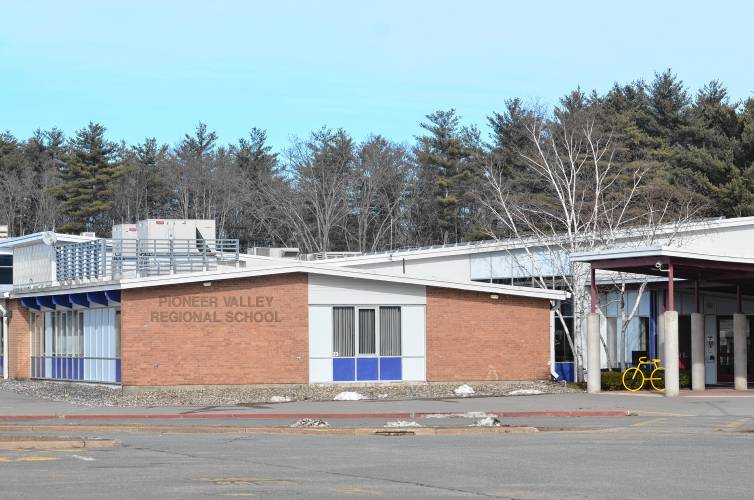
Pioneer Valley Regional School in Northfield. STAFF FILE PHOTO
| Published: 02-10-2025 10:44 AM |
NORTHFIELD — Pioneer Valley Regional School administrators said they are deepening their commitment to investing in curriculum, staff compensation and facilities in the fiscal year 2026 budget presentation last week.
Director of Finance and Operations Jordan Burns presented the district’s $17.46 million budget proposal, which represents an approximately 3.07% or $520,533 increase over the FY25 budget. The local funds portion of the budget is nearly $15.19 million, which is a 2.49% increase.
There was, however, an unexpected change in the final steps of the budget development, as costs from employee health insurance premiums rose by $167,846. To maneuver around the increase without impacting town assessments, the district opted to move a Massachusetts School Building Authority (MSBA) feasibility study into FY27 and use School Choice money to cover the insurance costs.
Other factors driving budget increases, Burns said, are special needs transportation and tuition, higher-paid faculty replacing lower-paid staff and “landmark contracts” with the school’s two unions.
In all, Burns said the district has put forward a budget that is pushing investments into staff and students, while also being mindful to not overburden Bernardston, Leyden and Northfield.
“We’re happy that we’re still able to control our overall spending growth to 2.48%; it’s a pretty impressive feat,” Burns said. “If you look around and read newspaper articles, you won’t see many schools doing as well in terms of their ability to control costs, so we are happy with what we’ve been able to accomplish.”
Town assessments increased by an average of 3.7%. However, those increases were not evenly distributed, as Bernardston will see a 9.31%, or $299,193, assessment increase, which is mostly driven by the state’s minimum local contribution formula. The minimum local contribution change alone accounted for $182,682 of Bernardston’s assessment increase.
Burns explained the minimum local contribution is based on a complex state formula encompassing the municipal revenue growth factor, which increases or decreases local contribution toward a foundation budget based on the town’s levy limit, state aid and prior year local receipts. Out of the 351 municipalities in Massachusetts, Bernardston’s municipal revenue growth factor was the 15th highest this year. Leyden and Northfield came in at 239th and 306th, respectively.
Article continues after...
Yesterday's Most Read Articles
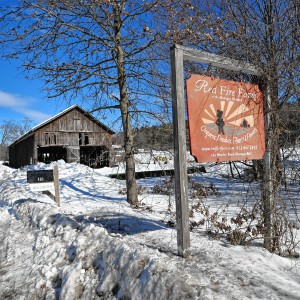 Four Red Fire Farm workers arrested as part of ICE operation in Springfield
Four Red Fire Farm workers arrested as part of ICE operation in Springfield
 Avery’s General Store building in Charlemont for sale
Avery’s General Store building in Charlemont for sale
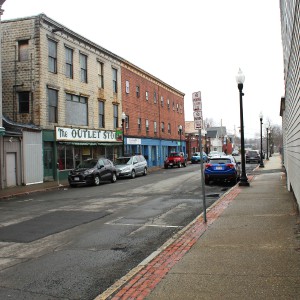 Greenfield seeks renewal of Slum and Blight designation to bring in funds for infrastructure
Greenfield seeks renewal of Slum and Blight designation to bring in funds for infrastructure
 Amherst’s Ryan Leonard signs entry-level contract with Capitals, expected to make NHL debut Tuesday in Boston against the Bruins
Amherst’s Ryan Leonard signs entry-level contract with Capitals, expected to make NHL debut Tuesday in Boston against the Bruins
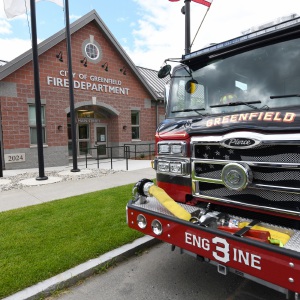 Greenfield Fire Station’s energy use 250% higher than expected
Greenfield Fire Station’s energy use 250% higher than expected
 The ills of a billion-dollar enterprise: The slow-death of the cannabis industry, and what might be done to reverse the trend
The ills of a billion-dollar enterprise: The slow-death of the cannabis industry, and what might be done to reverse the trend
Another driving factor is Bernardston’s enrollment increased at Pioneer, while its enrollment at Franklin County Technical School decreased.
Leyden Selectboard Chair Katherine DiMatteo thanked Burns and the district for avoiding extremely painful assessments by moving the MSBA feasibility study to FY27 to account for the health insurance increase.
“This year you’ve masterfully managed the budget so the town assessments aren’t taking the burden of that,” she said, “but how long can we masterfully manage the budget if we keep getting increases like this, that we have no control over really?”
Burns said he believes the insurance increases are “probably not a one-off,” but those projections are still up in the air.
“Between February and July 1, and throughout next year, we’re going to have to continue to be really cognizant of the costs we can control,” Burns said, noting that while this year’s insurance costs were a “surprise,” the district can prepare for it next year. “You’re right, we don’t control insurance. We’re going to have some hard work ahead of us, but we’re feeling pretty good we’ll figure it out.”
Holly Parks, a parent of two Bernardston Elementary School students and a member of the Parent-Teacher Organization, asked Burns and Superintendent Patricia Kinsella about a before- and after-school child care program the district has been exploring.
The program is not funded in the FY26 budget, as Burns and Kinsella said they are exploring different funding avenues, such as grants, to bring the program to families.
“The reason it’s not in the budget, ultimately, is it’s quite expensive,” Burns said. “Although you can charge for it, from the projection we had, it looked like it would, at best, break even, but potentially cost more than we can actually bring in in revenue.”
The School Committee will vote on the FY26 budget on Thursday, Feb. 13, in Pioneer’s library.
The public hearing on the budget, which was held via Google Meet due to a snowstorm, can be found on Bernardston-Northfield Community Television’s YouTube page at bit.ly/3CQnXWT. Pioneer’s budget documents, including a budget book and a line item spreadsheet, can be found at pvrsdk12.org/administration/finance.
Chris Larabee can be reached at clarabee@recorder.com.






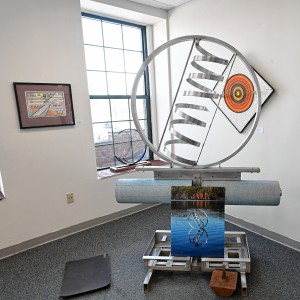 Stage on Main exhibit displays Athol resident’s work through the decades
Stage on Main exhibit displays Athol resident’s work through the decades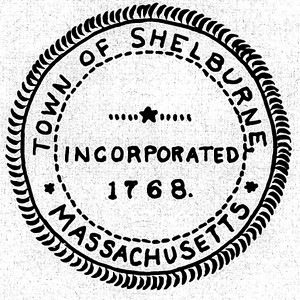 Shelburne voters asked to consider opioid fund transfers, CPA uses
Shelburne voters asked to consider opioid fund transfers, CPA uses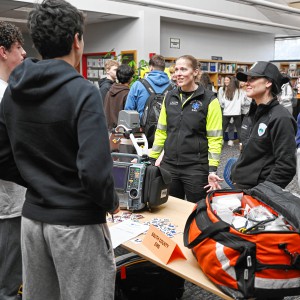 PHOTOS: Career conversations
PHOTOS: Career conversations
